As New York’s cannabis industry enters its first major growth phase, a new report from Whitney Economics highlights the potential for the market to scale to $6 billion in annual sales within the next few years. Despite nearing $1 billion in annualized sales since adult-use legalization in 2021, only 15% of New York’s cannabis consumers currently buy from legal dispensaries. Whitney Economics outlines an opportunity to expand legal participation dramatically while cautioning that this growth must be carefully managed to avoid the pitfalls other states have faced.
Assessing the New York Cannabis Market
The report provides a detailed look into New York’s adult-use cannabis program, focusing on the market’s size, current and projected dispensary needs, and economic potential. Key findings indicate New York’s legal cannabis market could ultimately support up to 1,700 dispensaries statewide, although an estimated 1,250 to 1,350 retail licenses might be optimal under sustainable growth. This balanced approach, Whitney Economics suggests, would allow the market to grow without oversaturating supply, which has destabilized markets in states like Oregon, California, and Michigan.
According to Beau Whitney, founder and chief economist at Whitney Economics, New York has the unique potential to become a leader in the global cannabis industry. "New York could be to cannabis what Wall Street is to finance,” Whitney states, emphasizing that careful management of the market’s rollout will determine its success. The report also examines the dynamics of federal cannabis prohibition, which prevents interstate commerce, banking, and tax benefits, thereby limiting growth and profitability for operators in New York and other states.
Learning from Other Markets
The Whitney Economics report draws on lessons from other states to suggest a measured licensing approach for New York. In states like California and Oregon, oversaturation has led to plummeting prices and significant declines in tax revenue, especially from cannabis companies unable to maintain profitability. By contrast, Whitney Economics’ analysis indicates that a gradual, data-driven licensing rollout in New York would stabilize prices, ensuring viability for small businesses and social equity operators.
California’s market, for instance, has over 1,200 dispensaries serving nearly 40 million residents, but high competition from unlicensed sellers has led to one of the country’s lowest average revenues per store. Whitney Economics projects that, by 2027, New York’s market can reach 45% consumer participation if legal options increase and enforcement against illegal sellers strengthens. This balance will help prevent the rapid price collapses experienced in other states, which have reduced the market’s appeal and diminished funding for community-focused programs.
Factors for Success: Supply, Access, and Regulatory Structure
Whitney Economics identifies four key elements essential for the success of New York’s cannabis market: competitive pricing relative to the illicit market, regulatory structure, supply, and consumer access. New York’s current regulatory framework imposes standardized distance buffers between dispensaries and public areas, which has helped control oversaturation in densely populated areas like New York City. However, the presence of an estimated 15 illicit dispensaries for every legal one in New York City alone complicates the market.
Local opt-outs also limit the program’s reach, with many towns barring dispensaries and unintentionally driving consumers to the illicit market. Sheldon Anderson, owner of Flower Power Dispensary in Buffalo, warns, “Restricting access to legal cannabis doesn’t deter consumption; it pushes it underground. For legal stores to thrive, they must replace—not compete with—unlicensed sellers.”
The Economic and Public Health Implications of Opt-Outs
Whitney Economics highlights that when municipalities opt out of the cannabis program, they forfeit significant economic and public health benefits. According to a National Institutes of Health (NIH) study, states with legal cannabis access experience a 24.8% reduction in opioid-related deaths. Additionally, regulated cannabis provides safer product options than untested illicit counterparts, promoting consumer health and public safety.
The report also underscores the economic impact of maintaining strict local controls. Beyond lost tax revenue, opt-outs hinder legal market development by increasing operational costs for retailers forced to relocate or delay opening. Whitney recommends that New York’s Office of Cannabis Management (OCM) work with local jurisdictions to align community-level restrictions with state-wide goals to prevent further delays and encourage legal access.
Addressing Federal Barriers
The federal government’s ongoing prohibition of cannabis affects the New York market significantly, particularly for small and minority-owned businesses facing barriers to financial services and banking. Limited access to capital means that operators rely on high-interest loans, while federal tax code 280E prevents them from deducting most business expenses, resulting in effective tax rates upwards of 70%.
Whitney Economics also notes a gap in cannabis-specific data due to the lack of federal oversight, complicating efforts to track market trends, enforce regulations, and assess public safety. Accurate data is essential for policy-making and consumer education, particularly as New York seeks to position itself as a leading market nationally and globally.
Sustainable Growth and Strategic Recommendations
The Whitney Economics report offers a strategic path forward, emphasizing disciplined licensing that aligns with demand and the removal of obstacles to entry for new retailers. It also calls for robust enforcement against illicit competition, price monitoring, and publicly available data dashboards to foster transparency and track market trends.
Key recommendations for New York include:
- Enforcement Against Illicit Retailers: Increase resources to close illegal dispensaries, allowing legal operators to thrive and capturing lost tax revenue.
- Balanced Licensing Strategy: Avoid issuing licenses in excess, ensuring that each new store can meet a baseline revenue requirement to stay profitable.
- Data Transparency: Develop data dashboards for tracking prices, sales, and supply-demand balance across New York.
- Consumer Education and Price Management: Educate consumers on the value of legal purchases and address price discrepancies with the illicit market to encourage legal participation.
- Strategic Opt-Out Modifications: Work with local jurisdictions to reduce barriers for legal dispensaries in “opt-out” areas, thereby increasing legal access.
The report ultimately suggests that New York’s cannabis program must strike a “Goldilocks” balance—not too few, not too many licenses—to ensure steady growth without market destabilization. Whitney Economics estimates that, with gradual adjustments, the state could see annual sales top $3 billion by 2027, unlocking potential for social equity, public health improvements, and economic growth.
For New York to achieve its potential as a cannabis leader, policymakers, industry operators, and consumers must align around responsible growth strategies. Effective collaboration between state and local governments, paired with informed regulation, could make New York’s cannabis industry a model for other emerging markets. Whitney Economics’ report serves as both a roadmap and a cautionary tale, urging New York to avoid the pitfalls of rapid expansion while building a foundation for sustained, responsible growth.
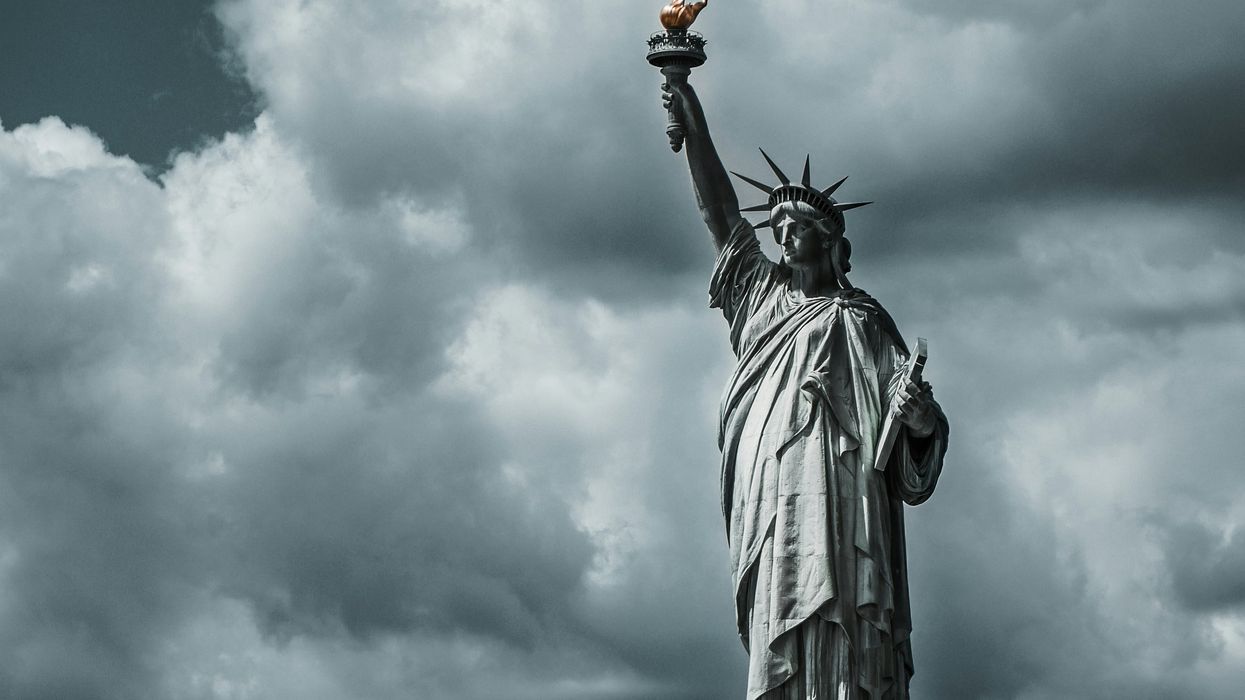

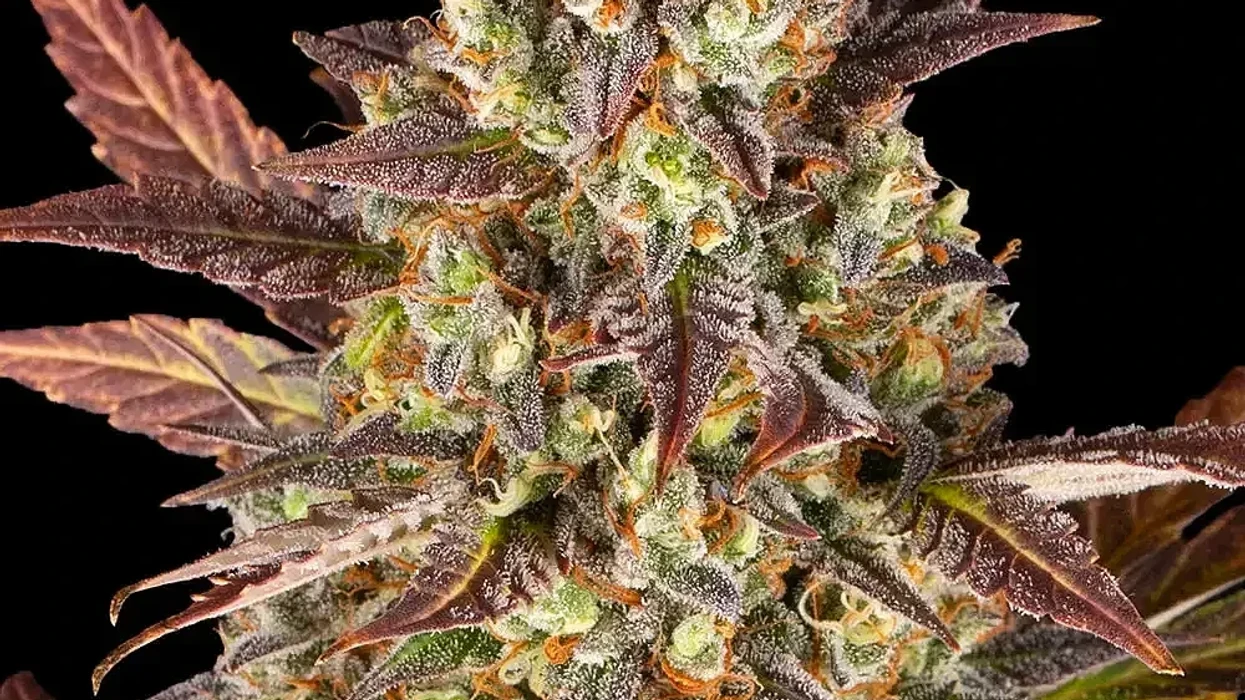
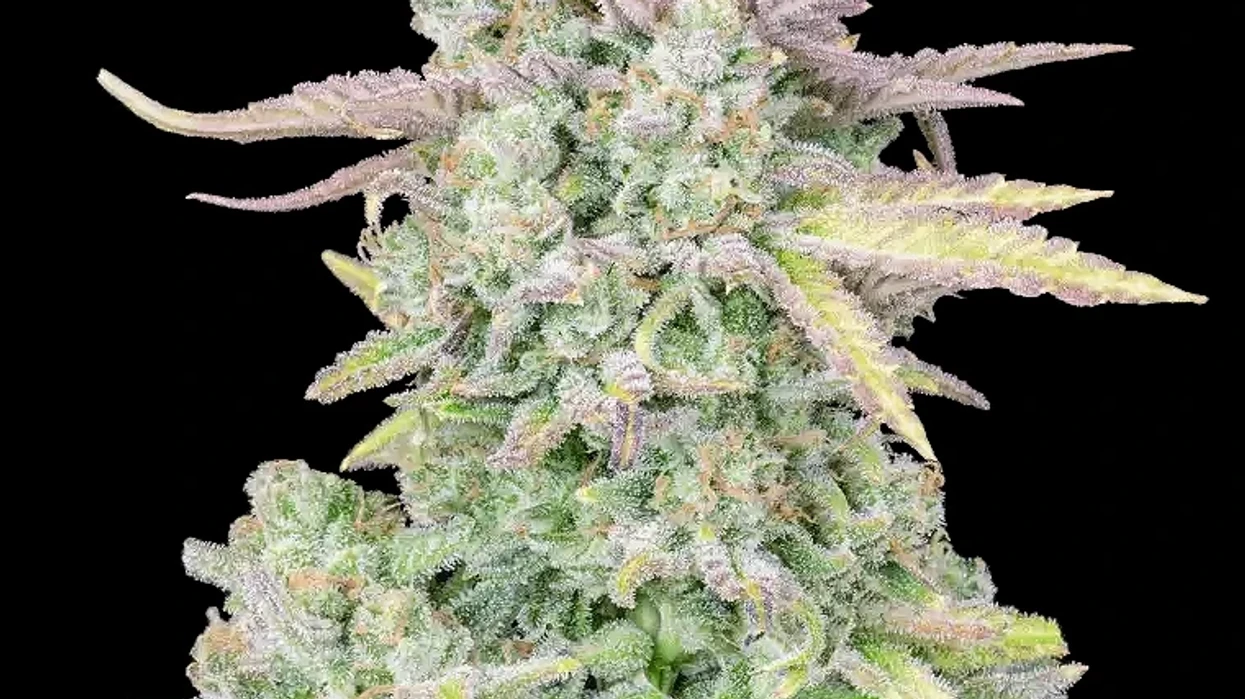

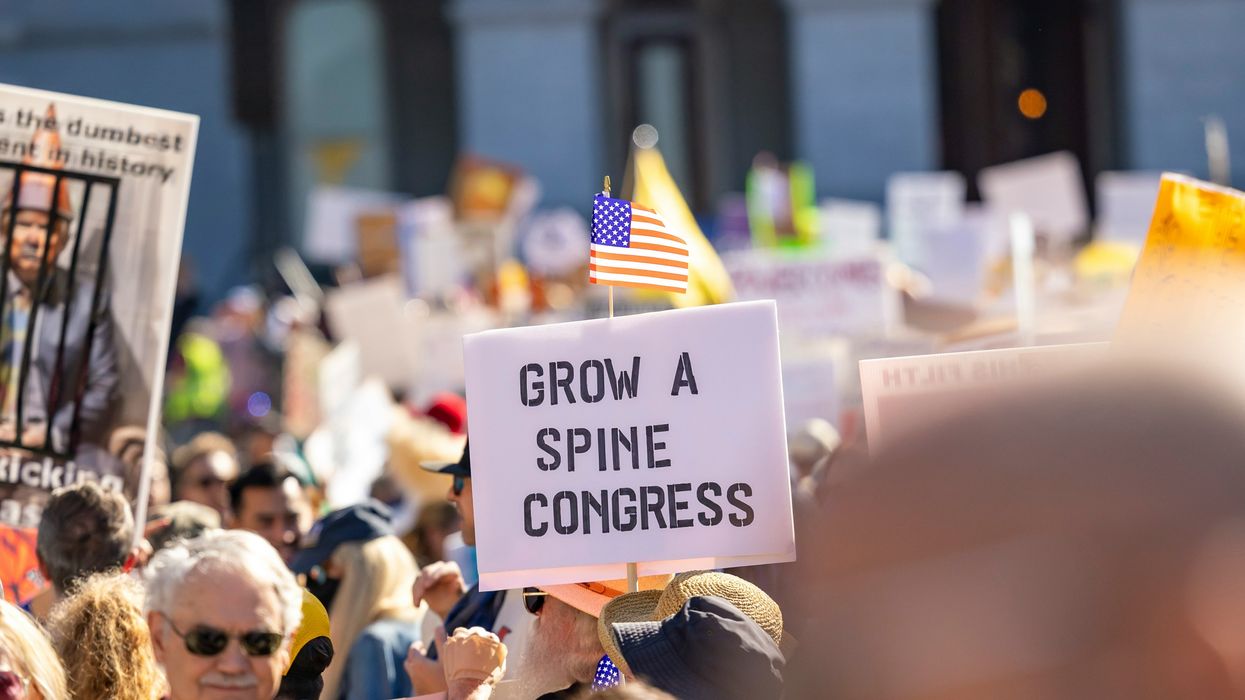

 Can Drug Dogs Smell Edibles? - The Bluntness
Photo by
Can Drug Dogs Smell Edibles? - The Bluntness
Photo by  Can Drug Dogs Smell Edibles? - The Bluntness
Photo by
Can Drug Dogs Smell Edibles? - The Bluntness
Photo by 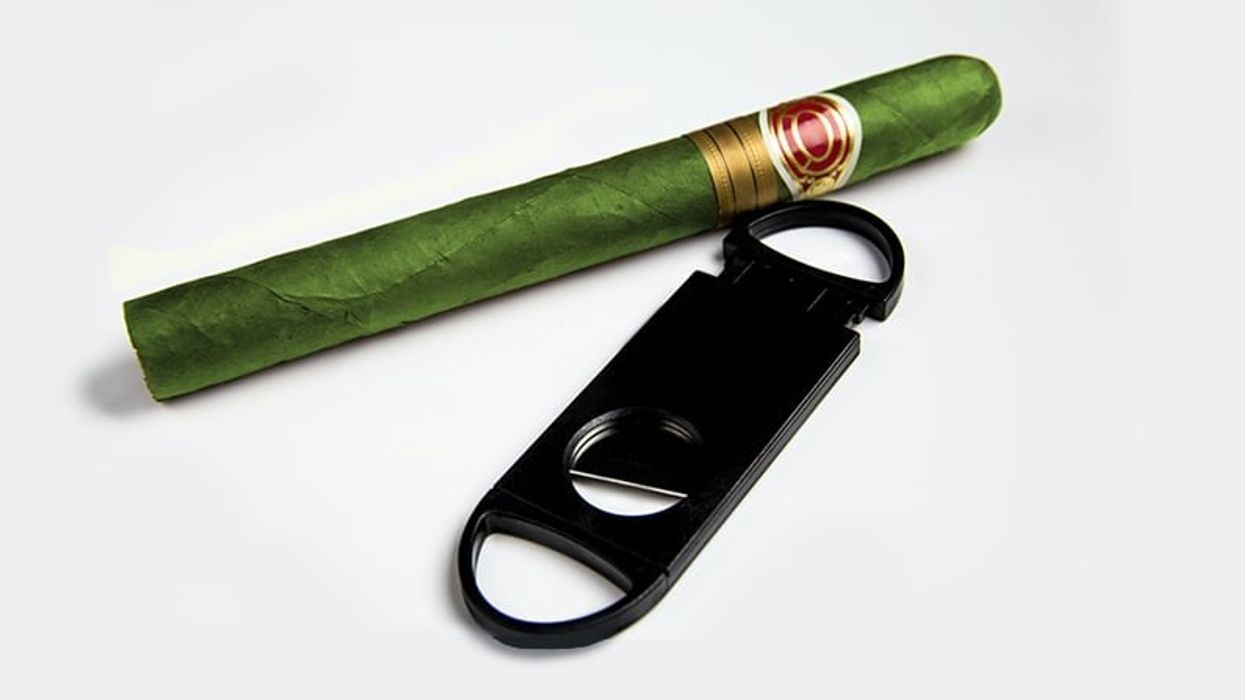





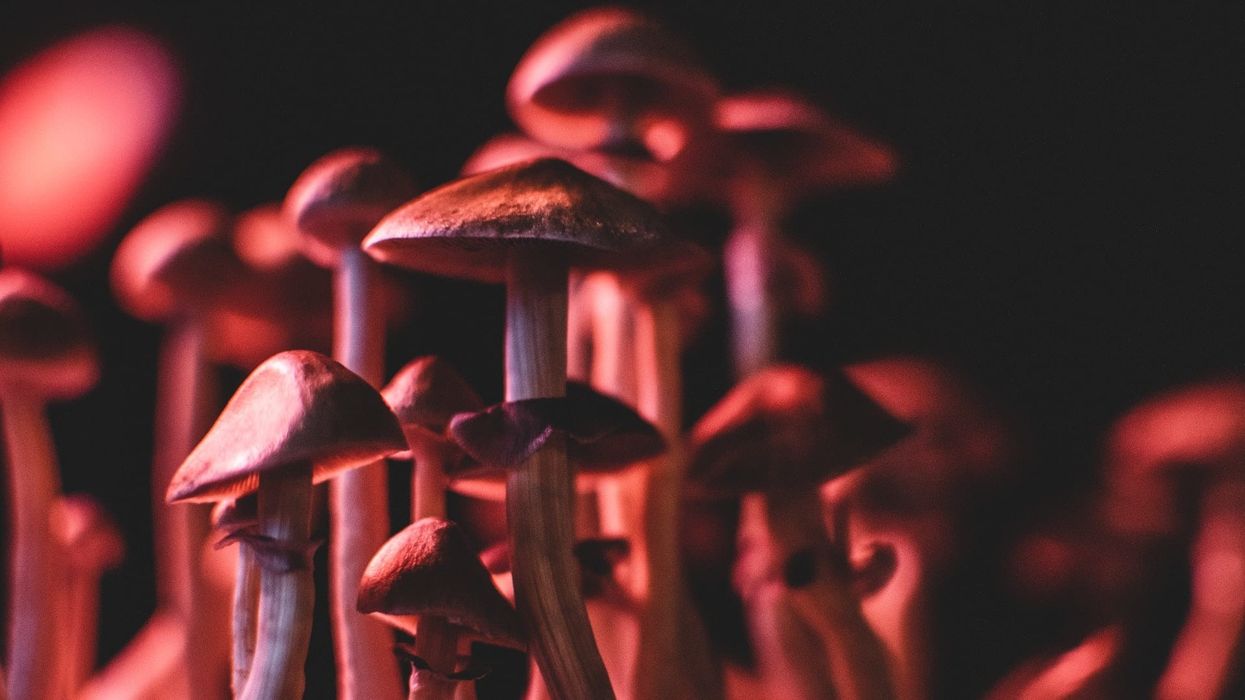
 How to Store Magic Mushrooms
How to Store Magic Mushrooms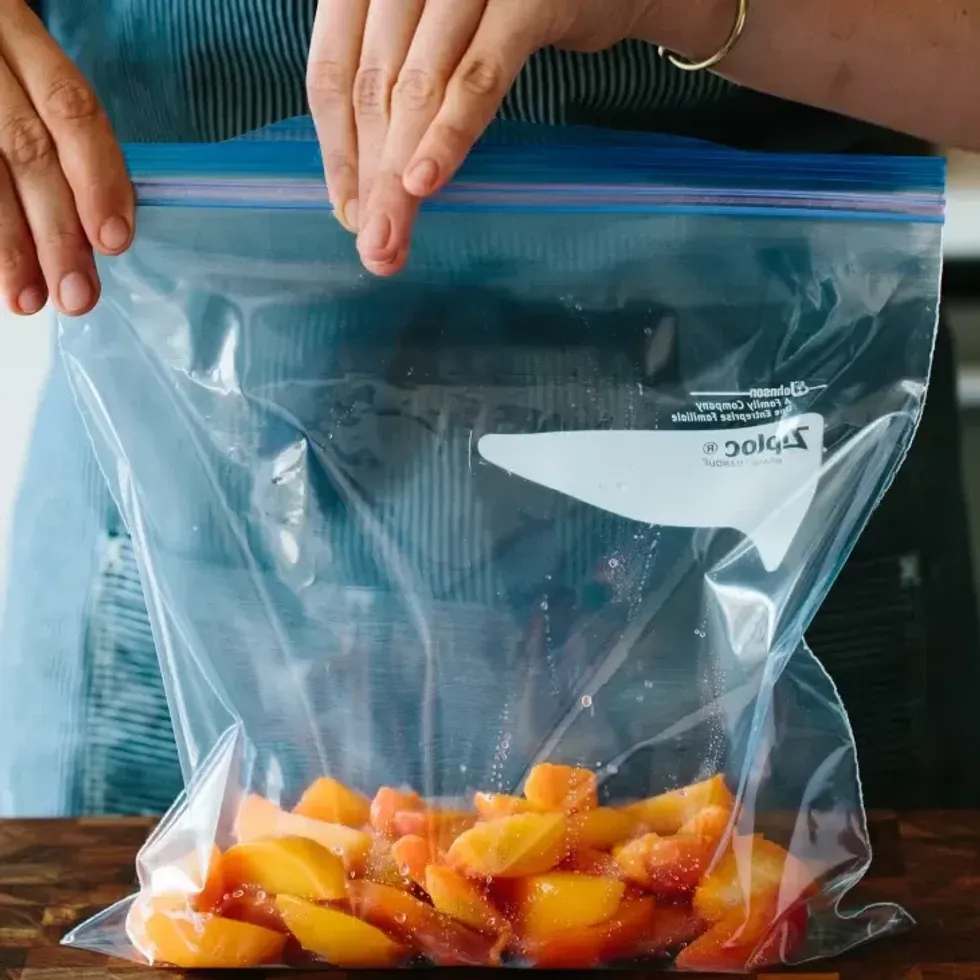 How to Store Magic Mushrooms
How to Store Magic Mushrooms How to Store Magic Mushrooms
How to Store Magic Mushrooms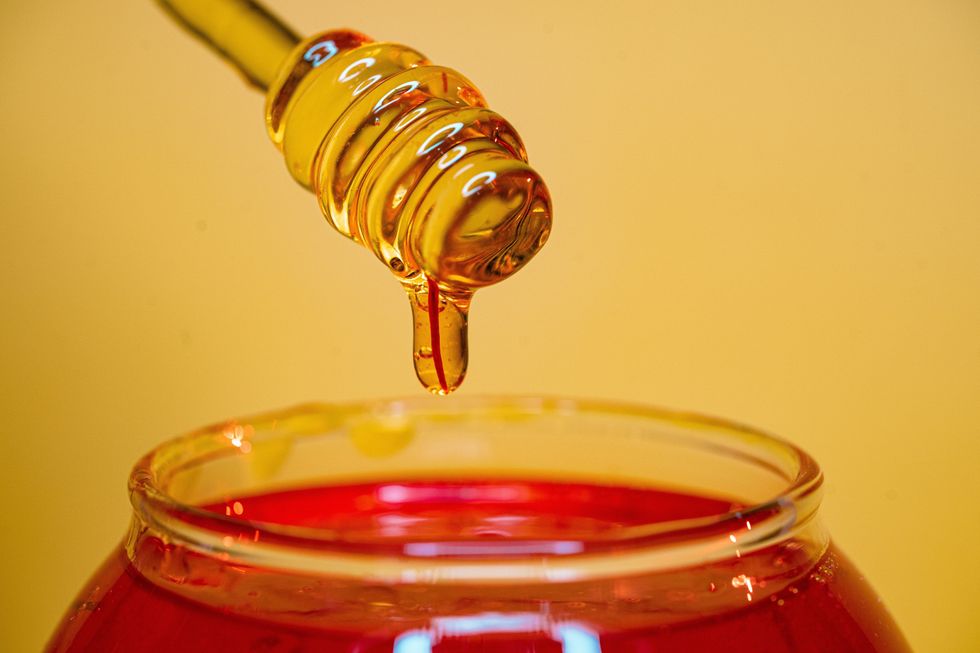 How to Store Magic Mushrooms
How to Store Magic Mushrooms How to Store Magic Mushrooms
How to Store Magic Mushrooms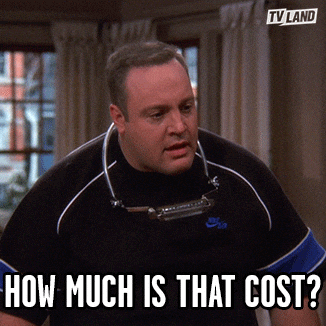
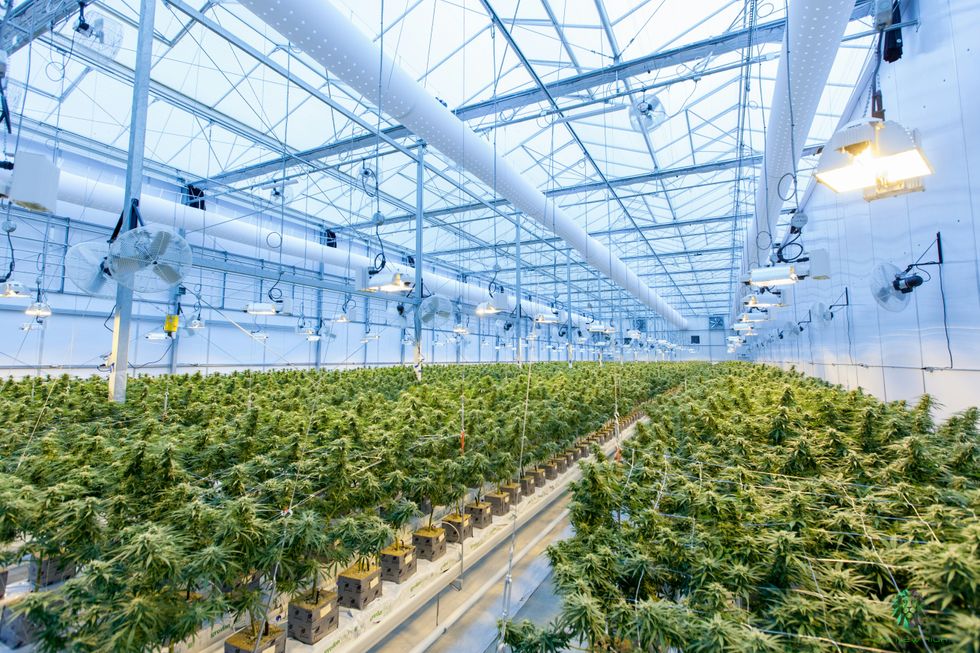 When it comes to pricing, cultivation methods matter - The Bluntness
Photo by
When it comes to pricing, cultivation methods matter - The Bluntness
Photo by 
 Scenes from Hall of FlowersPress photo provided by Hall of Flowers
Scenes from Hall of FlowersPress photo provided by Hall of Flowers Scenes from Hall of FlowersPress photo provided by Hall of Flowers
Scenes from Hall of FlowersPress photo provided by Hall of Flowers Respect My Region's Joey Brabo talking to an exhibitor at Hall of FlowersPress photo provided by Hall of Flowers
Respect My Region's Joey Brabo talking to an exhibitor at Hall of FlowersPress photo provided by Hall of Flowers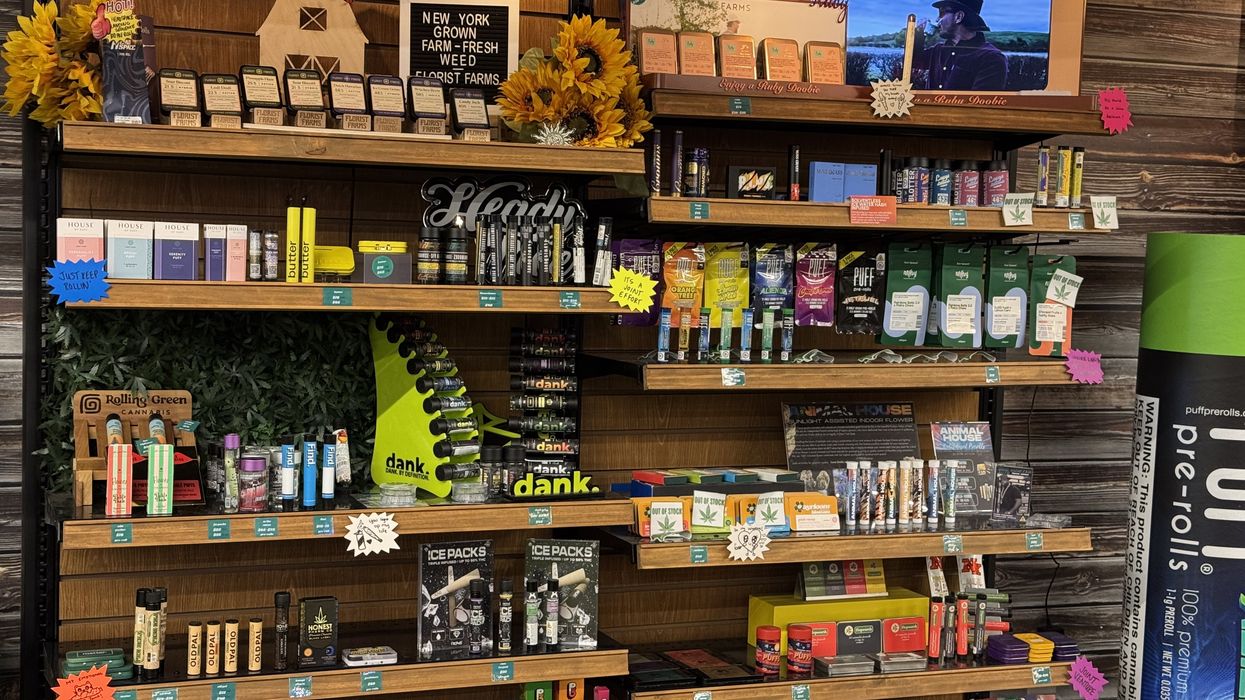
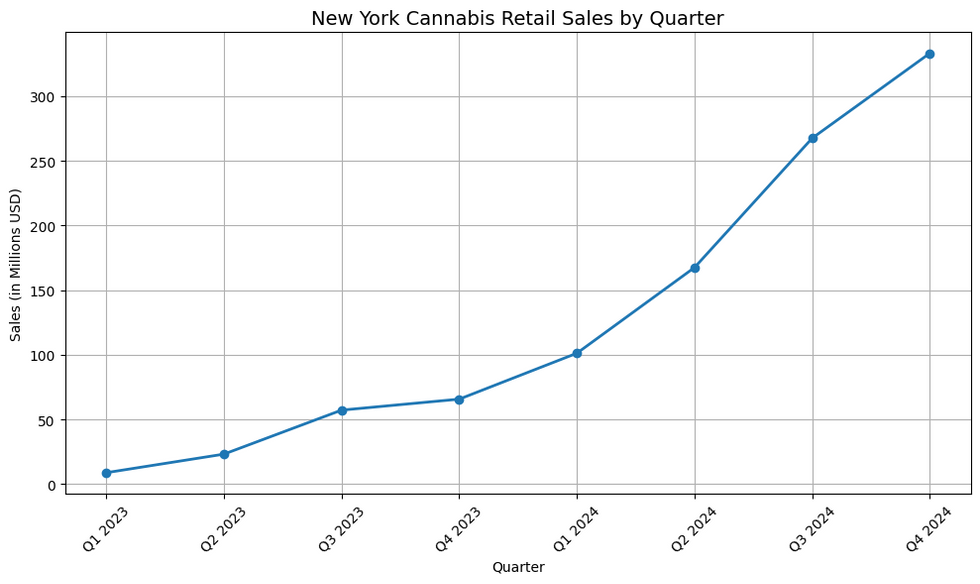 New York Cannabis Retail Sales by Quarter - 2024 - The Bluntness
New York Cannabis Retail Sales by Quarter - 2024 - The Bluntness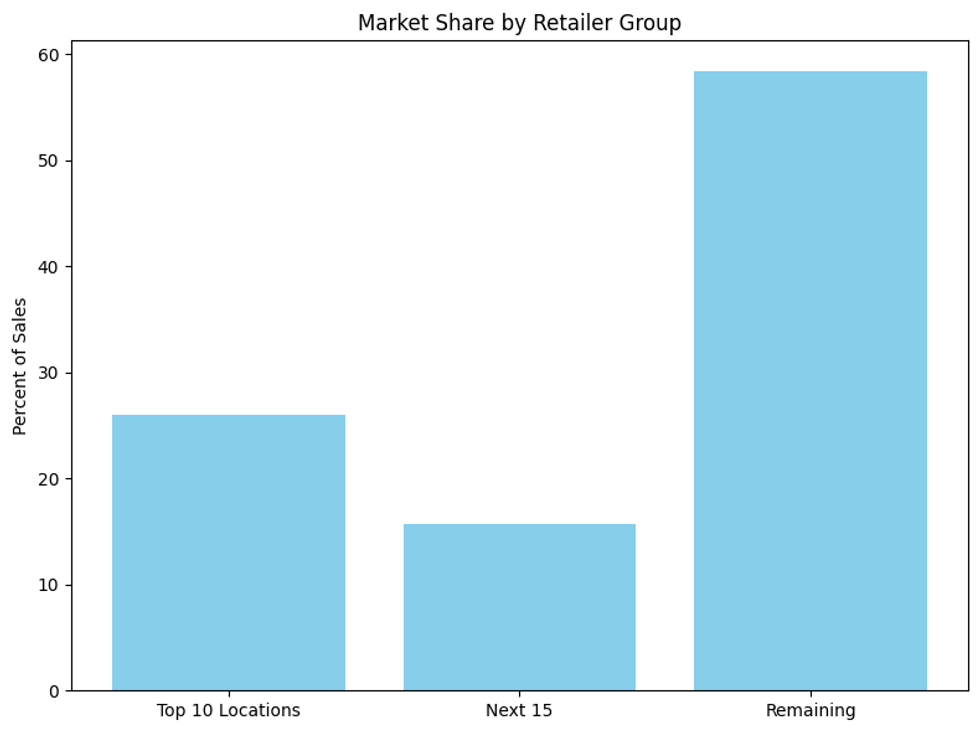 2024 New York Market Share by % of Sales - The BluntnessThe Bluntness
2024 New York Market Share by % of Sales - The BluntnessThe Bluntness Share of market by product category according to 2024 OCM Report - The Bluntness
Share of market by product category according to 2024 OCM Report - The Bluntness